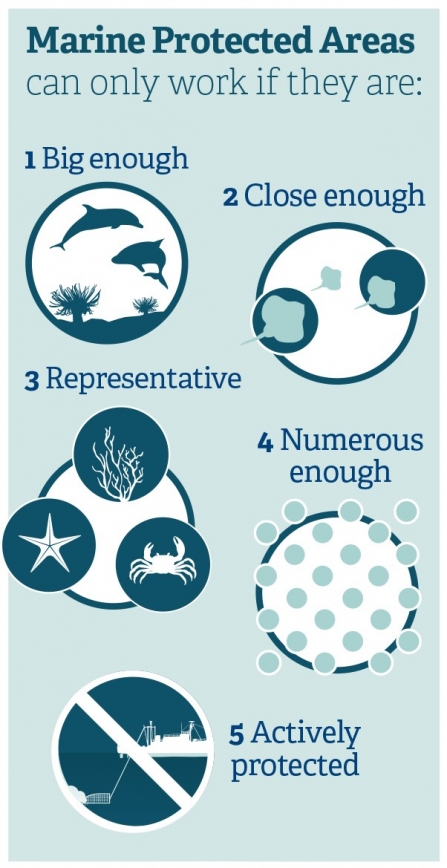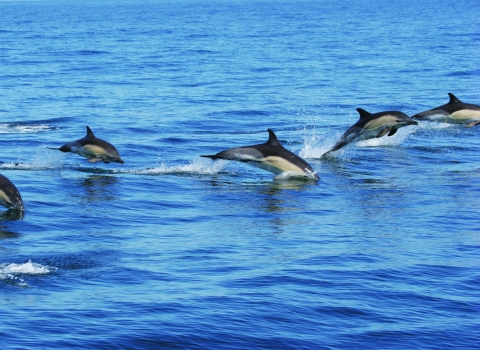What is a Marine Protected Area?
Marine Protected Areas (MPAs) are like nature reserves at sea. They protect wildlife and habitats by reducing harmful activities. MPAs are a proven way to help conserve marine life and ecosystems thrive across the world.
Why are MPAs Important?
MPAs don’t just protect wildlife inside their boundaries. They also benefit the surrounding sea, as growing wildlife populations spill out into the surrounding areas. For example, at Lundy Island in the Bristol Channel, lobsters are protected from overfishing. Here, the lobsters grow larger and increase in number. Over time, they move into nearby fishing grounds, where fishermen enjoy bigger catches and greater profits.
Benefits of MPAs
When MPAs are well-placed and part of a well-managed network, they bring even greater benefits:
- Healthy seas: They help marine habitats and wildlife recover from past damage.
- Resilience: Healthy seas are better able to cope with current challenges, like climate change.
- Protection for all species: MPAs don’t just protect rare wildlife; they also safeguard ‘typical’ habitats like seagrass meadows, kelp forests, cold-water reefs, and sandy or muddy sea floors.
Yorkshire Wildlife Trust has been fighting to protect Yorkshire’s seas for over 10 years. We’re working to secure more Marine Protected Areas to safeguard our rich marine life.






